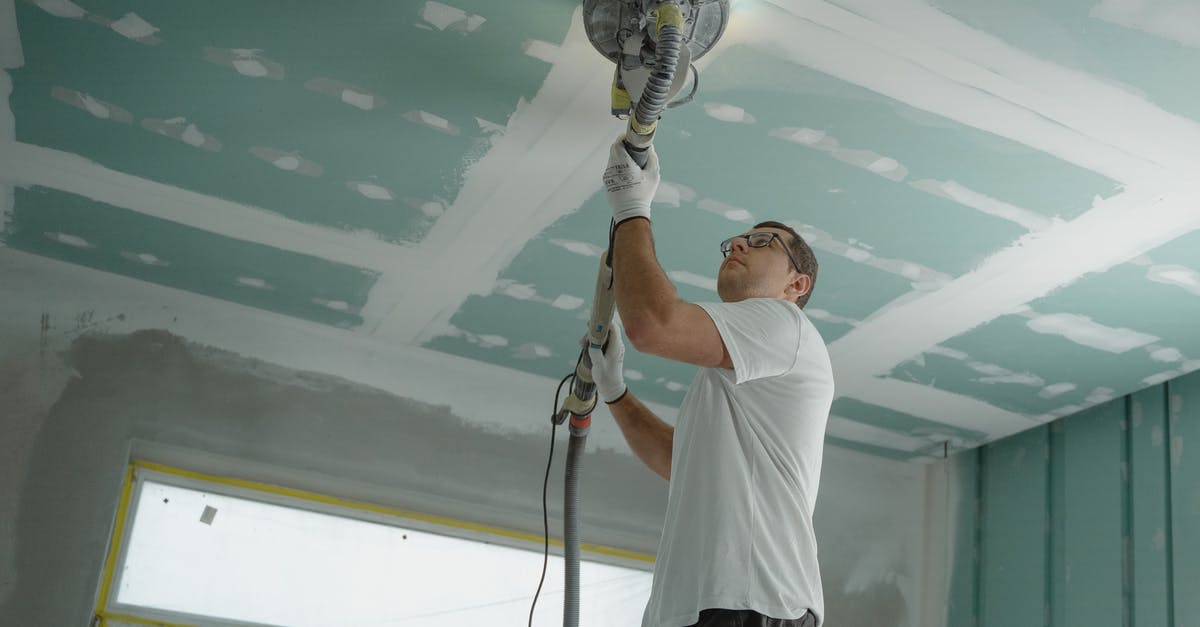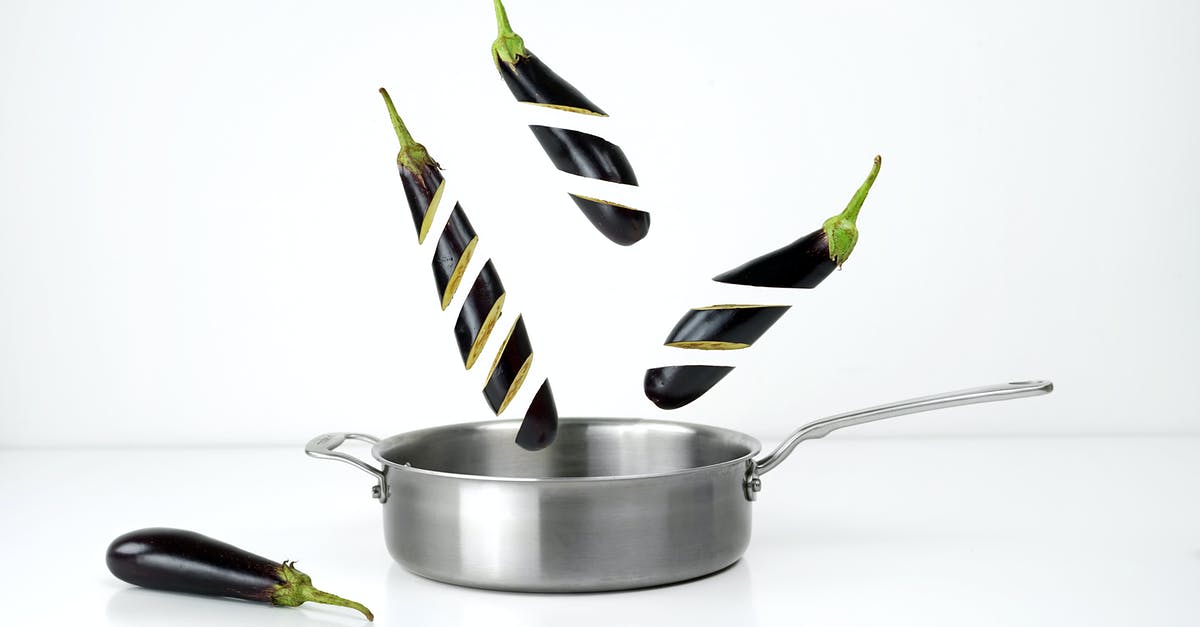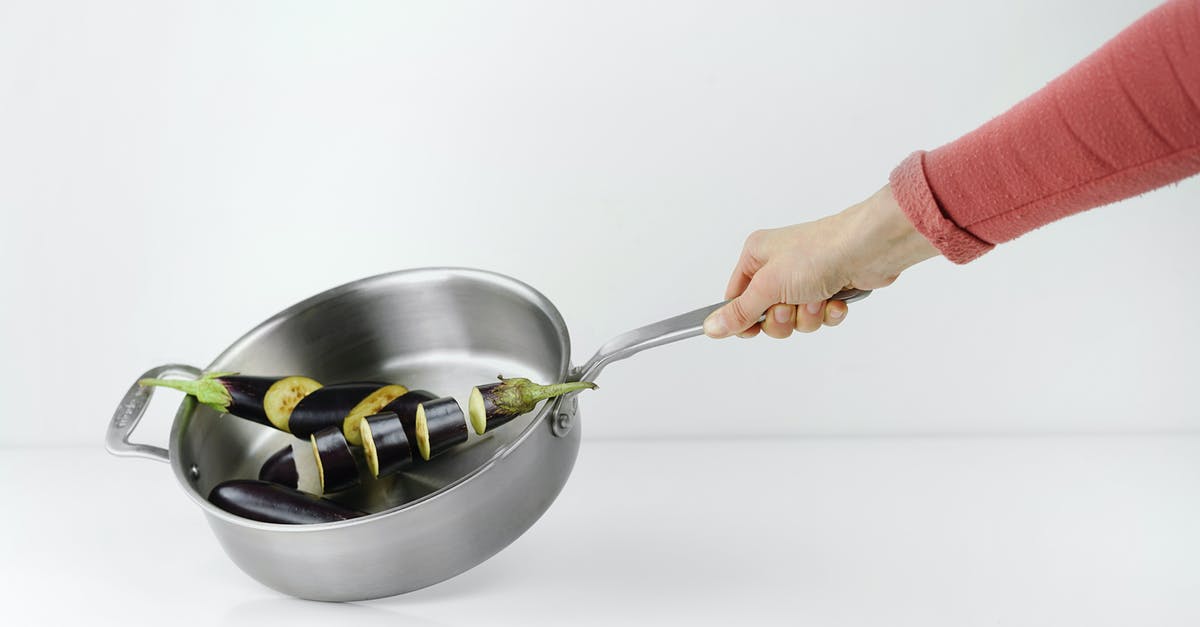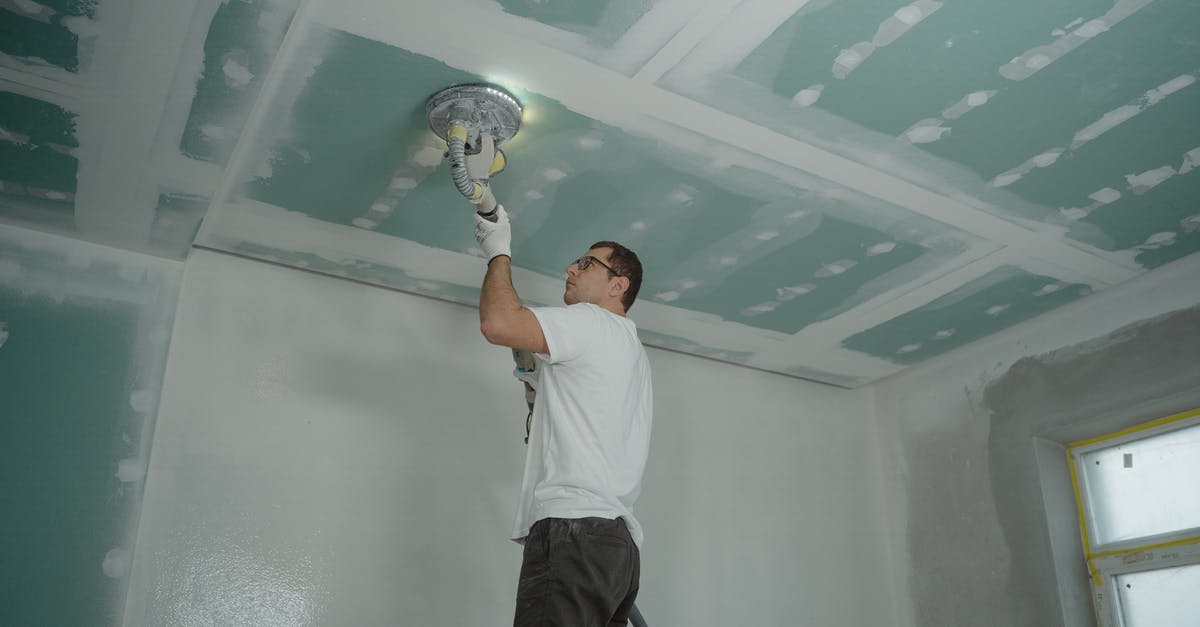Steel Pan non-stick improvement by polishing

I recently started to research into my cookwares and decided a stainless-steel pan was a good budget investment to learn to cook better my steaks and other items. I cooked my first steaks over the last few weeks and they were great, they didn't stick and came out delicious.
FYI: usually I cook the steak by seasoning it with some olive oil rubbed in then salting
and peppering it and letting it rest till it is at room temperature. To cook it I bring the
pan to high heat until droplets of water slip on it as if they were mercury, add a tbsp of
oil and place the steak on, reverse it after about 3min with tongs and remove after about
another 3 min. The cuts I use are often thin.
However there is one problem I have not been able to get over; the steak does not stick but its seasoning will and over the cooking period burns. This causes smoke and a real headache to clean while trying not to use a scourer side of a sponge or metal wire as I have been adamantly told it will ruin the pan's surface (this got me thinking... read on)!
So over to my question which may be a little out the box, I am a materials engineer with access to metal work machines, to my knowledge a perfectly flat surface offers less surface area to stick so if I were to buffet the pan until it were nicely polished on the surface (currently I can see all the circular grooves from the fabrication process such as you see on brushed steel) would this help reduce the sticking? Or can I simply improve the way I cook the steak and avoid the seasoning sticking and burning?
Best Answer
(1) It is worth noting that many people prefer stainless steel pans to cook meats on because they are NOT non-stick (meaning they stick). The fat rendered during cooking, along with the bits of fat and meat that stick to the surface are called "fond" and are used to make pan sauces to serve with the meat. This is a big selling point for SS pans.
(2) Polishing the surface of your pans to a mirror-finish won't make your pans non-stick. The sticking has more to do with the properties of the stainless steel itself rather than with the buffing of the surface. Some people have suggested that you can season a SS pan like you can a cast-iron pan to make the surface non-stick but that sounds fishy (but, admittedly, I have never actually tried that - I used different types of pans for different types of cooking).
(3) Some seasonings just burn very easily - like paprika. Seasonings that burn easily will most likely burn or scorch whether they are still on your meat, or if they have strayed to the pan. Any spices that might burn should be applied shortly before the meat finishes cooking or applied when you serve it.
Pictures about "Steel Pan non-stick improvement by polishing"



How do I make my steel pan non-stick?
Preparing Your PanIs polished stainless steel non-stick?
STAINLESS STEEL COOKWARE So here's the crazy thing: stainless steel pans can be nonstick, if you're doing it right. If you heat up your pan with oil or butter until it's hot enough then add your food, things will not stick.Can you polish a stainless-steel pan?
MAKING YOUR STAINLESS STEEL COOKWARE For those who want their cookware to really stand out and shine, you can polish your pots and pans with a stainless steel polish and a clean, soft cloth.How do you make non-stick pans Non stick again with salt?
Give your pan a wash and dry it, before putting your hob on a high heat and wait for it to become very, very hot. \u201cThen, cover the base in table salt,\u201d she explains. \u201cShake it about so it is evenly spread and you are going to want this to cook and it is going to end up looking a bit like brown sugar.\u201dA TRICK EVERYONE SHOULD KNOW | How to make any stainless steel pan non-stick | THE MERCURY BALL TEST
More answers regarding steel Pan non-stick improvement by polishing
Answer 2
Whenever I am going to sear meat and use olive oil, I season the meat as you describe but wait until I am ready to cook and brush with olive oil just before putting into the pan. (Works especially well with lamb chops!) This allows time for the meat to take on some of the seasoning flavors, the salt will be mostly dissolved, and the pepper will stay with the meat better.
Regarding the pan surface, the smoother the surface, the better the result should be.
Answer 3
Or can I simply improve the way I cook the steak and avoid the seasoning sticking and burning?
Polishing might help you some, but you may want to make sure you're doing things right before you go to the trouble:
- Make sure that the pan is well-heated before you drop in the food.
- Make sure that you have sufficient oil. You can either oil the food just before placing it in, or put a thin layer in the pan before adding the food. (if adding it to the pan, watch for the tell-tale shimmer before adding in the food)
- Don't cook at too hot of a temperature (if things burn in under a minute, it's too hot).
- Make sure that any coatings are well-adheared. (if bits shake off before you add it to the pan, it's going to fall off while cooking)
- Between batches, pour off any extra grease, then deglaze to remove the fond (stuff that stuck to the pan).
Although steel wool or metal brushes may scratch up a stainless steel pan, the scrubbing side of a sponge isn't nearly as hard as the pan, and can be used safely. (although you shouldn't have to scrub if you deglaze the pan)
Sources: Stack Exchange - This article follows the attribution requirements of Stack Exchange and is licensed under CC BY-SA 3.0.
Images: Tima Miroshnichenko, Toa Heftiba Şinca, Toa Heftiba Şinca, Tima Miroshnichenko
